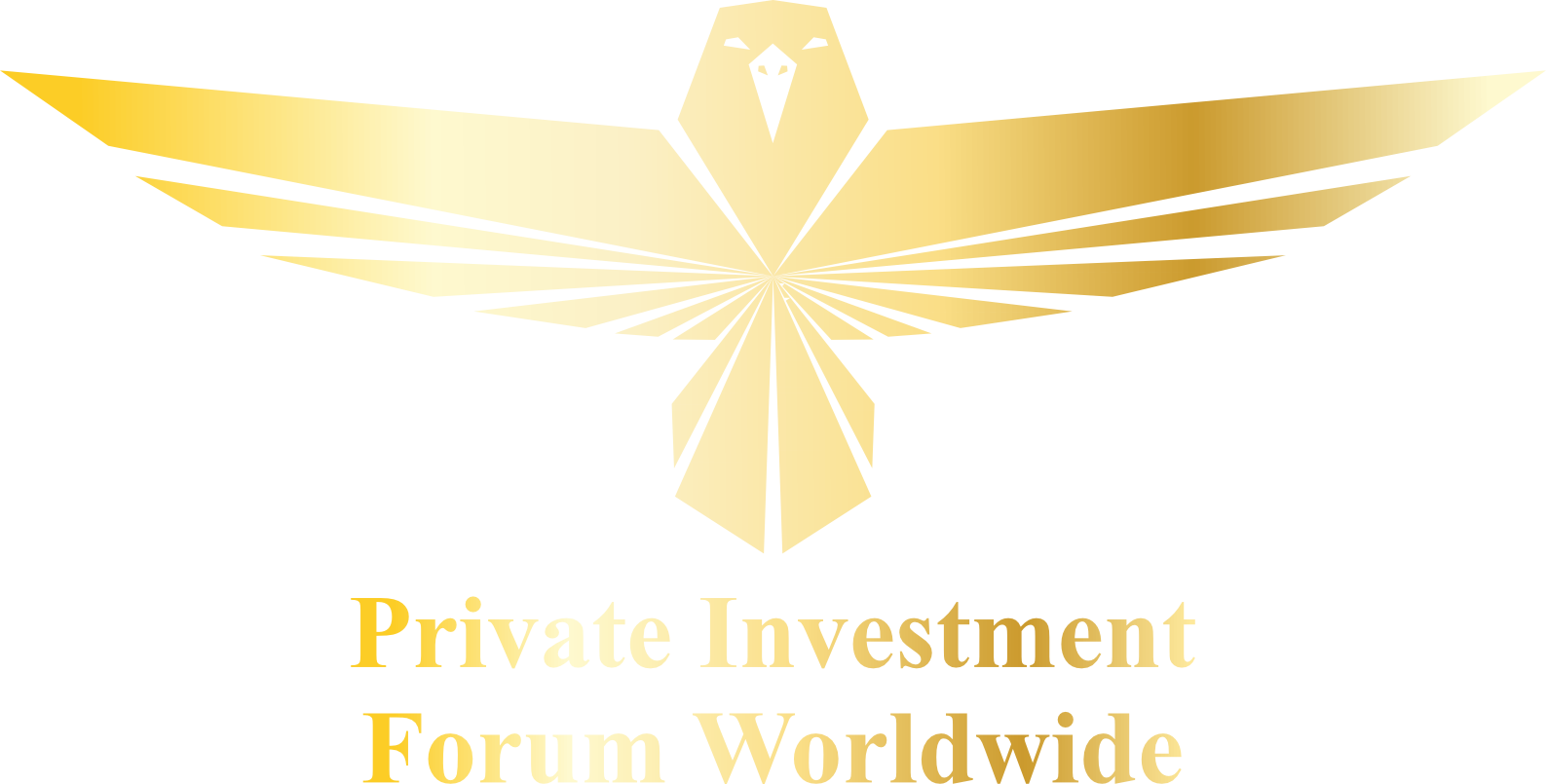
In our rapidly evolving economic landscape, marked by geopolitical tensions, environmental concerns and technological disruptions, investing has increasingly become both an art and a science. The wealthy, always looking to preserve and grow their capital, tend to diversify their portfolios, especially during times of uncertainty. Let’s delve into four assets that the affluent are increasingly turning to in such tumultuous periods.
Gold: The Timeless Safe Haven
Gold, often referred to as the “crisis commodity,” has long been cherished for its intrinsic value. Its reputation as a hedge against inflation and currency fluctuations makes it an attractive choice, especially during uncertain economic climates. A major reason for this is its negative correlation with more volatile assets like stocks and bonds. When these assets falter, gold often shines brighter. Jon Bennion Pedley, CEO at Investment Owl, emphasizes the intrinsic allure of gold during a discussion held at a recent Global Investment Leaders Club (G.I.L.C.) gathering, stating, “My investment criteria focus on genuine, tangible assets. Gold and precious metals excite me because they embody real, enduring value—qualities that align perfectly with their traditional status as foundational elements in any diversified portfolio.”
A study from the National Bureau of Economic Research illuminates this relationship. It found that gold prices tend to rise more during stock market downturns than during bull markets. This inverse relationship further solidifies gold’s role as a reliable safety net for investors looking to minimize their exposure to market volatilities. In addition, recent data underscores this trend, with gold prices climbing approximately 4% in the first half of 2023, demonstrating its enduring appeal during global uncertainties. Analysts, including those from UBS Global Wealth Management, suggest that gold could reach as high as $2,200 per ounce by early 2024 due to sustained demand for safe-haven assets.
Real Estate: Tangible Security
The allure of real estate investments, especially in prime locations, is undeniable. Unlike virtual assets or stocks, real estate is tangible — you can see it, touch it and derive value from it. When economies wobble, interest rates typically take a dip, making borrowing costs cheaper. This often gives the real estate market a significant boost. Anthony Jarrin, CEO at The Cannaregio Group, reflects on the dynamic nature of the market during a recent Global Investment Leaders Club gathering, noting, “Real estate stands to benefit in the next cycle, influenced by factors such as interest rates which vary by whether you’re in development, acquisition, or management. Additionally, the sector is likely to see gains due to inventory constraints from recent years and the impacts of COVID in the U.S. and parts of Europe. I’m particularly optimistic about developed markets, whereas emerging markets may face challenges.”
Supporting this, a study from the Journal of Real Estate Research emphasizes the relative stability of long-term returns from real estate investments. This sentiment was echoed in the 2020 figures from Knight Frank’s Global House Price Index, which reported an average worldwide residential price growth of 5.6%, even amidst the challenges of a global pandemic. The stability of long-term returns from real estate investments remains a strong selling point, as illustrated by the consistent demand and appreciation seen in top markets. This is analogous to the resilience observed in gold investments during economic disruptions, highlighting how prime real estate can serve as a robust anchor in an investor’s portfolio.
Sustainable Investments: Aligning Profit with Purpose
The global push towards sustainability isn’t just a trend; it’s becoming a core component of investment strategies. Sustainable investments, which focus on environmental, social and governance (ESG) criteria, are garnering massive interest from the global investment community. Nagaraja Prakasam, Partner at Acumen Fund, highlights the burgeoning opportunities within the sector, stating, “Renewable energy has performed notably well and clean tech has been a longstanding favorite. The climate element now encompasses a broader array of technologies, including electric vehicles, which constitute a significant segment. There’s a notable rise in EV startups, especially in India, showing the robust momentum in this sector.”
Driven by a mix of investor demand, regulatory shifts and broader societal leanings towards green and sustainable practices, these investments offer both potential financial returns and the satisfaction of contributing positively to global challenges. A survey by Morgan Stanley underscores this point, revealing that a whopping 85% of individual investors and 95% of millennials express a keen interest in sustainable investing. This shift is driven by a combination of investor demand, regulatory changes and a societal pivot towards greener and more sustainable practices.
Private Equity and Venture Capital: Embracing Illiquidity for Higher Returns
Diversifying portfolios is the cornerstone of resilient investing. Private equity (PE) and venture capital (VC) investments are becoming increasingly attractive for investors who have a longer-term horizon and a palate for higher potential returns. While these investments are often illiquid — meaning they can’t be quickly converted to cash — they offer diversification benefits that are hard to ignore.
Evidence of the growing confidence in PE and VC investments can be seen in recent statistics. According to PitchBook, North American private equity deal activity soared to nearly $2.5 trillion in 2020. This resilience and growth, even in the face of a global pandemic, speaks volumes about the confidence that investors place in this asset class. Moreover, a significant trend in the PE and VC sectors is the increasing investment in renewable energy, which has seen a remarkable upswing in recent years. In 2023, private equity and venture capital investment in renewable energy soared, with investments totaling $11.92 billion across 33 deals, marking a 144% increase from the previous year. This surge reflects a robust interest in sustainable and green energy solutions, increasingly regarded as both profitable and responsible investments.
Furthermore, private equity demonstrated resilience and strategic foresight by capitalizing on opportunities for acquisitions at discounted valuations amidst macroeconomic challenges. This scenario illustrates how private equity firms are not only managing to navigate through turbulent times but are also identifying and exploiting growth opportunities by focusing on sectors like renewable energy that align with global sustainability goals.
Conclusion
Navigating the choppy waters of investing during uncertain times requires a keen understanding of diverse assets and a willingness to adapt. The wealthy are setting the tone for resilient portfolio management by leveraging a combination of traditional assets like gold and real estate with innovative opportunities in sustainable investing and private equity. As the world evolves, so do the investment strategies that guide the affluent in safeguarding and growing their wealth. To stay updated with the latest investment trends and strategies shared by seasoned investors and industry leaders, be sure to check our schedule and register for one of our upcoming events.











